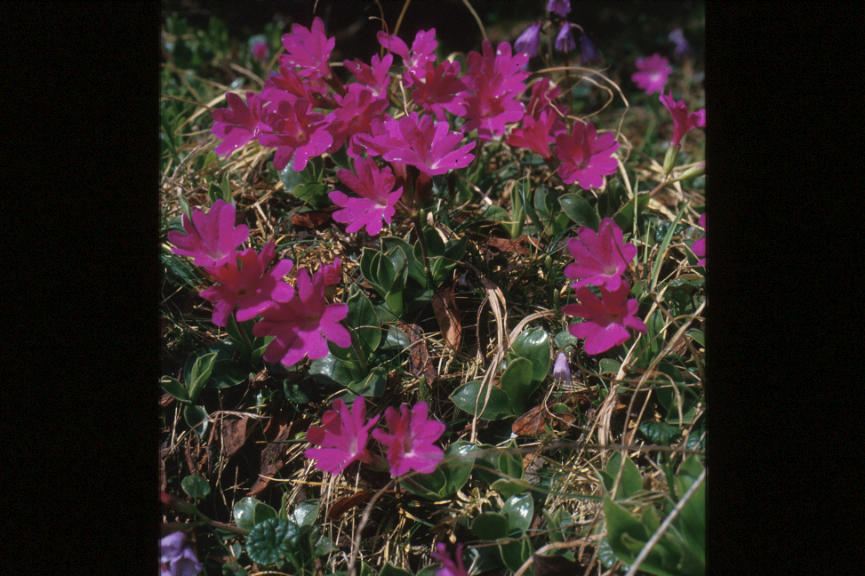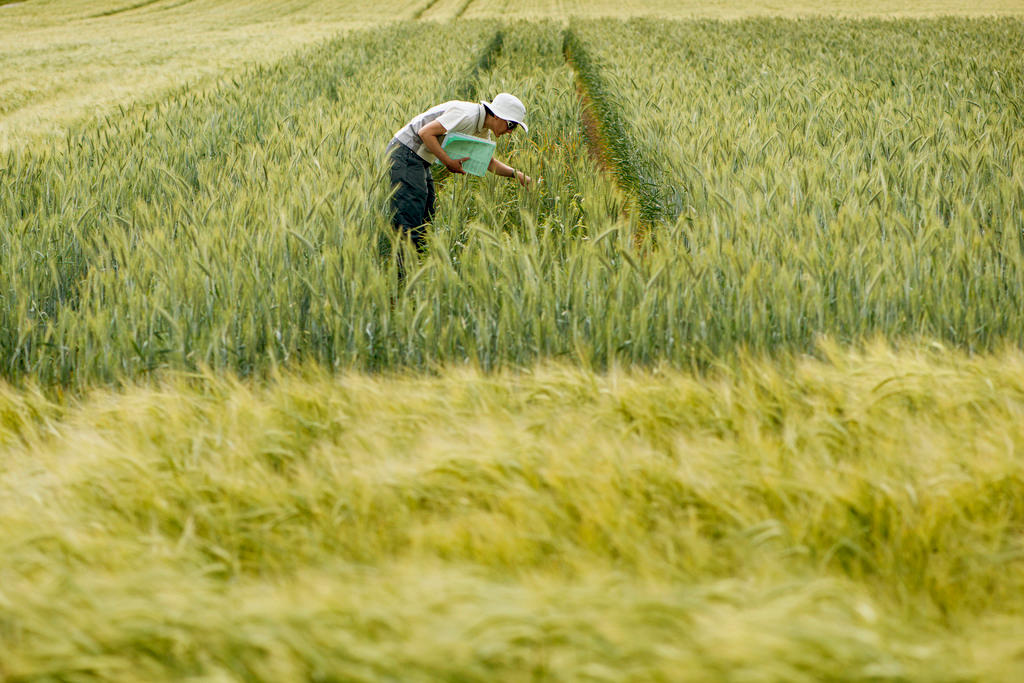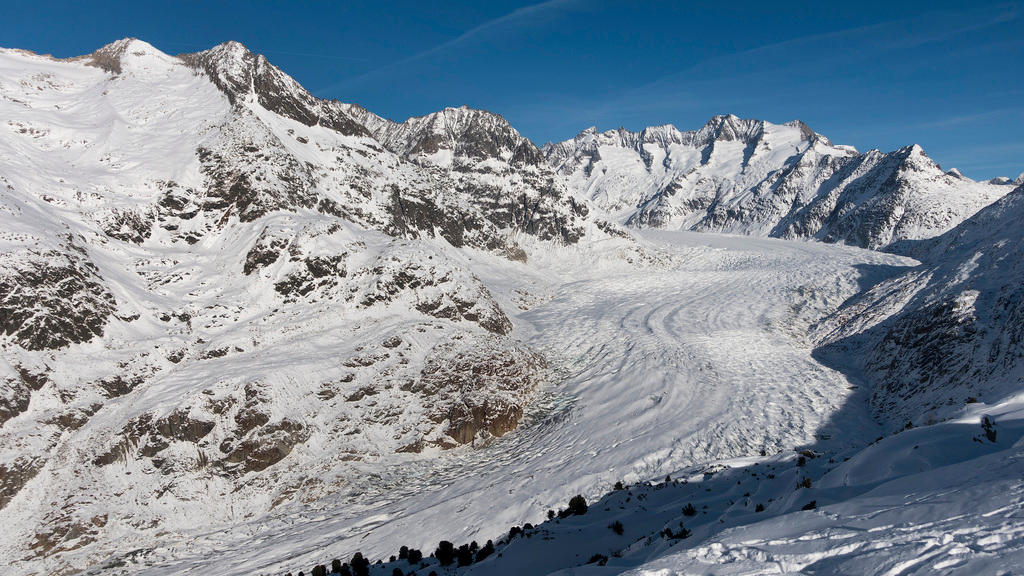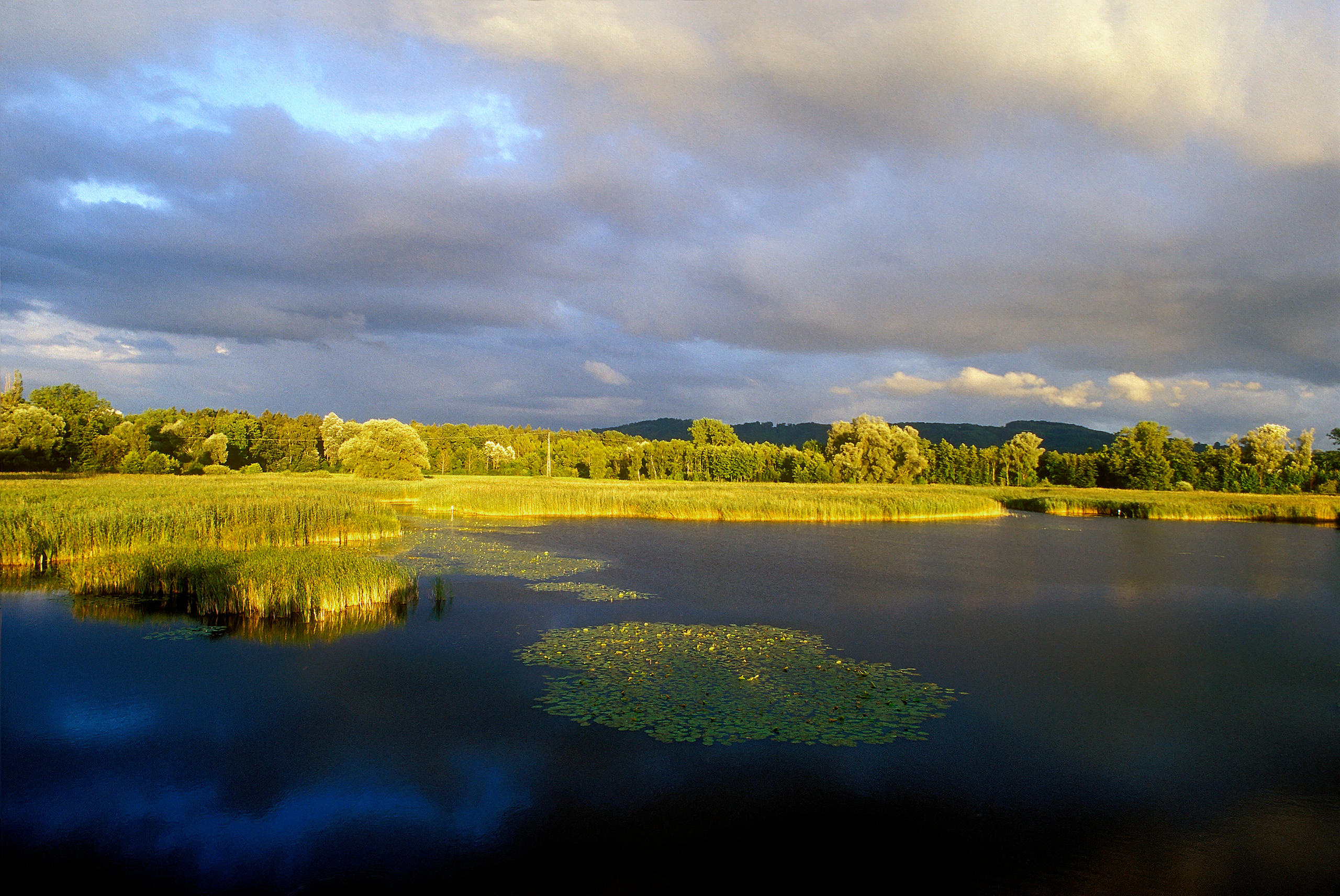Pretty alpine blossoms could mask species extinction

Researchers have found that although long-lived alpine plant populations may appear healthy at first, their offspring could struggle to put down roots as the climate warms.
Alpine plant species are particularly sensitive to climate change, because as their habitat becomes warmer, they must move further up the sides of mountains in order to survive and flourish. But it’s a catch-22 for these plants: the higher they extend their range, the less habitable surface is available to them.
But until now, most static models used to estimate plant extinction risk have failed to account for the dynamic responses of these plants to climate change.
To tackle this problem and yield more accurate extinction risk predictions, scientists from France, Austria and the University of Zurich (UZH) in Switzerland developed a new model that would take ecological and evolutionary dynamics into consideration.
In their model, the researchers simulated the dispersion and adaptation of four different native alpine plant species in three different hypothetical climate change scenarios between now and 2090.
In their simulations, the least severe global warming scenario – a one-degree increase in temperature since the pre-industrial era – the plant populations were able to recover once the warming had abated.
But in scenarios where the temperature increase proceeded unchecked, the plants became increasingly ill-adapted to the new climate.
“If climate change continues to develop without restraint the plants will have a big problem,” said co-author and University of Zurich researcher Frédéric Guillaume in a UZH press release on Friday.
Hidden extinction
Compounding the problem is the fact that dwindling alpine plant populations could be very hard to detect until it’s too late, since these species tend to have relatively long lifespans.
That means that even though they remain living in the increasingly unsuitable habitat, the seedlings they produce will become less and less able to survive long enough to put down roots of their own.
“The population numbers of these plants are dropping faster than the plants can adapt to the new conditions or spread to more favourable grounds,” Guillaume explains.
To counter this masking effect and better monitor extinction risk in these alpine plants, the scientists conclude that it will be important to carefully monitor not just their range and dispersal, but also the density of populations of local species going forward.
The study was published this week in the journal Nature Communications.

In compliance with the JTI standards
More: SWI swissinfo.ch certified by the Journalism Trust Initiative



You can find an overview of ongoing debates with our journalists here. Please join us!
If you want to start a conversation about a topic raised in this article or want to report factual errors, email us at english@swissinfo.ch.